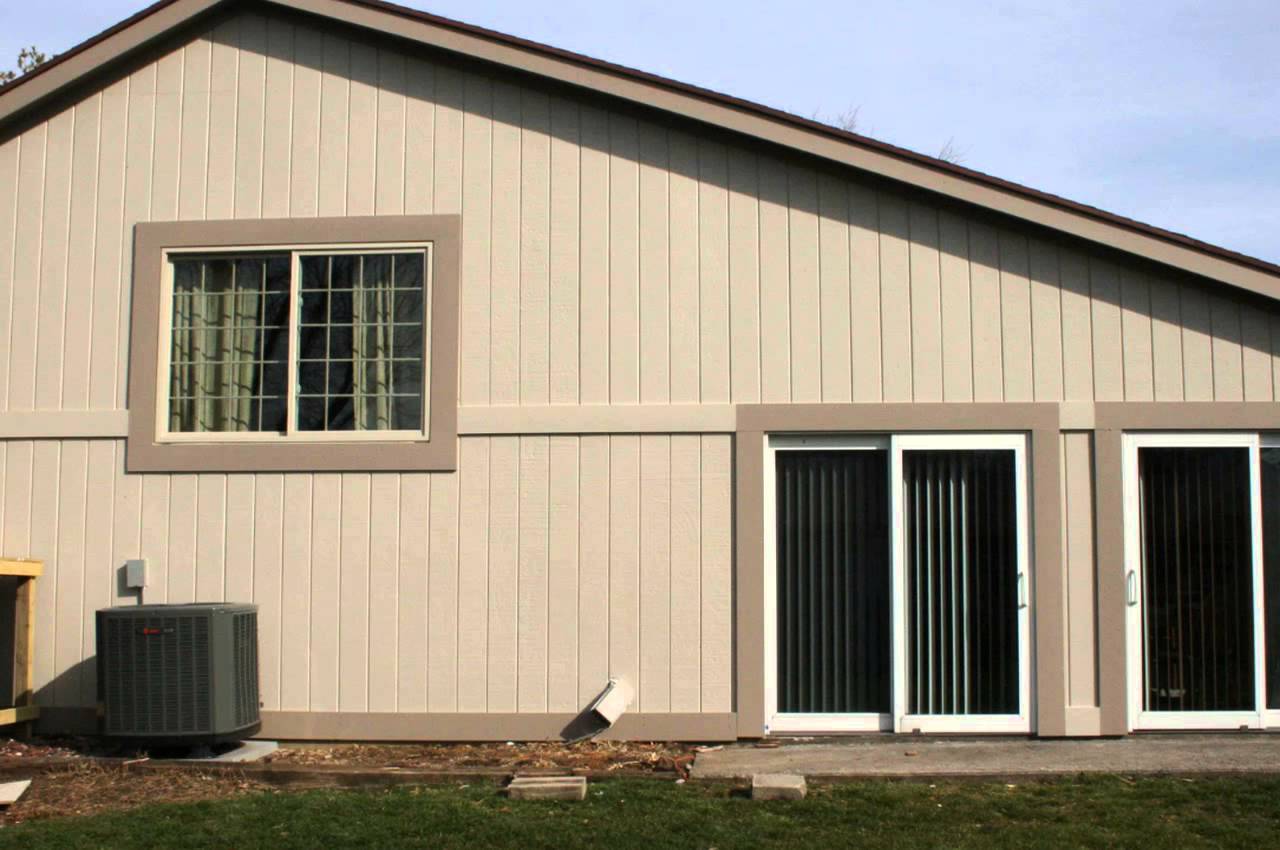

Articles
How Long Does T1-11 Siding Last
Modified: May 6, 2024
Discover how long T1-11 siding lasts and get expert advice on maintaining it. Read articles to prolong the lifespan of your T1-11 siding.
(Many of the links in this article redirect to a specific reviewed product. Your purchase of these products through affiliate links helps to generate commission for Storables.com, at no extra cost. Learn more)
Introduction
T1-11 siding has long been a popular choice for many homeowners due to its affordability and rustic charm. Whether you’re considering using T1-11 siding for a new construction project or looking to replace your current siding, it’s important to understand how long this type of siding can last.
In this article, we will delve into the lifespan of T1-11 siding and explore the factors that can affect its durability. Additionally, we will provide tips on how you can extend the lifespan of your T1-11 siding to ensure that it stands the test of time.
So, if you’re curious about the longevity of T1-11 siding and want to make an informed decision for your home, keep reading!
Key Takeaways:
- T1-11 siding can last 20-30 years with proper care, including regular maintenance, sealing, and protection from moisture, UV rays, and pests. Quality materials and installation also play a significant role in its longevity.
- Regular cleaning, inspection for damage, and proactive maintenance practices can significantly extend the lifespan of T1-11 siding. Addressing issues promptly and considering local climate conditions are essential for preserving its durability and aesthetic appeal.
Read more: What Is T1-11 Siding
What is T1-11 Siding?
T1-11 siding is a type of exterior wood siding that is popular for its versatile design and cost-effectiveness. It is made from plywood panels that are textured to resemble vertically installed wooden planks. The “T1-11” name stems from its original use as a sheathing material for buildings, specifically for walls and roofs.
One of the key attractions of T1-11 siding is its rustic aesthetic. The vertical grooves in the panels mimic the look of traditional board and batten siding, adding a classic charm to any home’s exterior. This siding is commonly used in residential construction and often seen on cabins, cottages, and rural homes.
Furthermore, T1-11 siding is relatively easy to install, which makes it an appealing choice for DIY enthusiasts or contractors looking for a straightforward siding option. It comes in both 4×8-foot and 4×10-foot sizes, providing flexibility in terms of coverage and layout.
It is important to note that T1-11 siding is typically made from plywood, which is a type of engineered wood. This means that it is composed of layers of thin wood veneers bonded together with adhesive. This construction enhances its strength and durability, but also requires proper maintenance to ensure its longevity.
Overall, T1-11 siding offers a cost-effective solution for homeowners who desire the look of wood siding without the higher expense. Its ability to blend well with various architectural styles and its ease of installation have made it a popular choice in many regions.
Factors that Affect the Lifespan of T1-11 Siding
The lifespan of T1-11 siding can vary depending on several factors. Understanding these factors can help you make informed decisions when it comes to maintaining and protecting your siding. Here are some key factors that can affect the lifespan of T1-11 siding:
- Moisture Exposure: T1-11 siding is susceptible to moisture damage, which can lead to rot, decay, and warping. Continuous exposure to rain, humidity, and moisture can significantly reduce its lifespan. Proper installation, regular maintenance, and sealing the siding with a quality water-repellent coating can help minimize moisture-related issues.
- UV Exposure: The sun’s ultraviolet (UV) rays can cause fading, discoloration, and degradation of T1-11 siding over time. Excessive sun exposure without proper protection or finishing can accelerate the aging process and weaken the siding. Applying a UV-protective coating or painting the siding can help shield it from harmful UV rays.
- Pest Infestation: T1-11 siding, being made of wood, can be vulnerable to pest infestations. Termites, carpenter ants, and wood-boring beetles are common pests that can cause significant damage to your siding. Regular inspections and preventive measures, such as treating the wood with appropriate protective substances, can help deter pests and extend the lifespan of your siding.
- Maintenance Practices: Proper maintenance is essential for extending the lifespan of T1-11 siding. Regular cleaning, inspection for damage, and prompt repairs are crucial to prevent minor issues from escalating into major problems. Regularly sealing and repainting the siding can provide an additional layer of protection against the elements.
- Climate and Weather Conditions: The climate and weather conditions in your area can impact the lifespan of T1-11 siding. Extreme temperature fluctuations, high humidity, heavy rain, snow, and strong winds can all take a toll on the siding. Choosing the appropriate grade of T1-11 siding for your climate and ensuring proper installation can help mitigate the effects of adverse weather conditions.
It’s important to note that these factors are not mutually exclusive, and their impact on your siding’s lifespan can vary based on a combination of circumstances. Regular maintenance, timely repairs, and taking preventive measures can significantly prolong the life of your T1-11 siding and protect your home’s exterior for years to come.
T1-11 Siding Lifespan Expectations
The lifespan of T1-11 siding can vary depending on various factors such as the quality of the materials used, installation techniques, maintenance practices, and exposure to environmental elements. On average, T1-11 siding can last anywhere from 20 to 30 years, but with proper care, it can potentially last even longer.
The durability of T1-11 siding is influenced by the type of wood used in its construction. Plywood panels made from high-quality, rot-resistant woods like cedar or redwood tend to have a longer lifespan compared to those made from lower-grade woods. Additionally, the thickness of the plywood also plays a role in its longevity, with thicker panels being more durable.
Proper installation is crucial for maximizing the lifespan of T1-11 siding. This includes ensuring a level and solid substrate, using appropriate fasteners, and applying a weather-resistant barrier beneath the siding. Poor installation practices can lead to moisture infiltration, warping, and premature deterioration.
Regular maintenance is key to preserving the lifespan of T1-11 siding. This involves cleaning the siding periodically to remove dirt, debris, and mildew. Inspecting the siding for any signs of damage, such as cracks, peeling paint, or rot, is also important so that repairs can be done promptly. Additionally, applying a protective finish or paint can help shield the siding from UV rays and moisture.
It’s important to note that the lifespan of T1-11 siding can be significantly influenced by local climate and weather conditions. If you live in an area with harsh winters, high humidity, or frequent heavy rain, the siding may deteriorate more quickly. Taking measures such as providing adequate ventilation, maintaining proper drainage around your home, and keeping the siding well-sealed can help mitigate these effects.
Lastly, how well you maintain your T1-11 siding over the years will directly impact its lifespan. By addressing minor issues promptly, cleaning it regularly, and performing necessary repairs or resealing when needed, you can extend the longevity of the siding beyond the average lifespan.
Remember that these are estimates and guidelines, and individual results may vary. Being proactive in maintaining your T1-11 siding will not only ensure its longevity but also enhance the overall curb appeal and value of your home.
T1-11 siding can last 20-30 years with proper maintenance. Regularly inspect and repair any damage to prolong its lifespan. Keep it clean and well-sealed to prevent moisture damage.
Signs of T1-11 Siding Damage or Deterioration
T1-11 siding is a durable choice for your home’s exterior, but over time, it can be prone to various forms of damage or deterioration. It is important to be vigilant and knowledgeable about the signs that indicate potential problems with your siding. Here are some common signs of T1-11 siding damage or deterioration:
- Rot or Decay: One of the most significant concerns with T1-11 siding is moisture infiltration, which can lead to rot or decay. If you notice any soft spots, spongy areas, or signs of water damage on your siding, it is likely compromised. Rotting or decaying sections should be promptly addressed to prevent further damage and maintain the structural integrity of your siding.
- Peeling or Cracked Paint: Over time, the paint or protective finish on T1-11 siding can deteriorate, leading to peeling, cracking, or flaking. This exposes the underlying wood to the elements, making it more susceptible to moisture damage. If you notice the paint on your siding starting to peel or crack, it is essential to repaint or refinish the affected areas to prevent further deterioration.
- Warping or Buckling: When T1-11 siding is exposed to excessive moisture or not adequately sealed, it can warp or buckle. This can result in uneven or distorted sections of the siding. Warped or buckled areas not only compromise the appearance of your home but can also allow moisture to enter, causing more significant issues over time.
- Holes or Insect Damage: T1-11 siding made from wooden materials is susceptible to pest infestations, particularly by termites, carpenter ants, or wood-boring beetles. Look for small holes, sawdust-like debris, or signs of insect activity on your siding. If you suspect pest damage, it is crucial to address the infestation promptly and repair or replace the affected sections of siding.
- Fading or Discoloration: Exposure to the sun’s UV rays can cause fading or discoloration of T1-11 siding over time. If you notice that the color of your siding has significantly faded or appears uneven, it may be time to consider refinishing or painting the siding to restore its appearance and protect it from further UV damage.
Regularly inspecting your T1-11 siding for these signs of damage or deterioration is essential to catch problems early and prevent more extensive repairs. If you notice any of these signs, it is recommended to consult with a professional to assess the extent of the damage and determine the most appropriate course of action.
Addressing any issues promptly can not only prolong the lifespan of your T1-11 siding but also prevent potential damage to the underlying structure of your home. By staying vigilant and taking proactive measures, you can ensure that your T1-11 siding remains in excellent condition for years to come.
Read more: How Much Is T1-11 Siding
How to Extend the Lifespan of T1-11 Siding
While T1-11 siding is a durable and cost-effective choice for your home’s exterior, it still requires regular maintenance and proper care to maximize its lifespan. Here are some tips to help you extend the lifespan of your T1-11 siding:
- Regular Cleaning: Keep your T1-11 siding clean by regularly washing it to remove dirt, pollen, mold, and other debris. You can use a mild detergent and a soft brush or sponge to gently scrub the siding. Avoid using pressure washers at high settings, as excessive pressure can damage the siding.
- Inspect for Damage: Regularly inspect your T1-11 siding for any signs of damage, such as cracks, rot, or pest infestation. Pay close attention to areas around windows, doors, and corners. Addressing minor issues promptly can prevent them from escalating into more significant problems that could compromise the integrity of your siding.
- Maintain Proper Drainage: Ensure that the area around your home has proper drainage to prevent water from pooling near the foundation. Excessive moisture can seep into the T1-11 siding and lead to rot and decay. Clean your gutters regularly and ensure downspouts direct water away from the house.
- Seal and Paint: Apply a water-resistant sealant or primer on your T1-11 siding to protect it from moisture infiltration. Then, promptly paint the siding using high-quality exterior paint to create an additional barrier against the elements. Follow the manufacturer’s recommendations for application and maintenance.
- Mitigate Sun Exposure: If your T1-11 siding is regularly exposed to strong sunlight, the UV rays can cause fading and deterioration. Consider using UV-protective coatings or paint that can help shield the siding from UV damage. Additionally, providing shade through landscaping or using awnings can reduce direct sun exposure.
- Control Pest Infestations: Take preventive measures to control pests that can damage your T1-11 siding, such as termites or carpenter ants. Inspect your siding regularly for signs of infestation and promptly address any issues. Consider professional pest control treatments, or use appropriate insecticides to protect your siding.
- Perform Regular Maintenance: In addition to cleaning, periodically inspecting, and addressing minor repairs, it’s essential to perform routine maintenance on your T1-11 siding. This includes resealing, repainting, and applying protective coatings as needed. Follow the manufacturer’s guidelines for maintenance and consult with professionals if necessary.
By following these maintenance practices and taking proactive steps, you can significantly extend the lifespan of your T1-11 siding. Remember that regular upkeep is key to preserving its appearance and structural integrity. If you’re unsure about any maintenance tasks or notice significant damage, it’s recommended to seek guidance from professionals with experience in T1-11 siding maintenance and repairs.
By investing time and effort in the proper care of your T1-11 siding, you can enjoy its durability and aesthetic appeal for many years to come.
Conclusion
T1-11 siding offers homeowners an affordable and visually appealing option for their exterior siding needs. Understanding the lifespan and factors that can affect the durability of T1-11 siding is crucial for making informed decisions and ensuring its longevity.
With proper installation, regular maintenance, and implementation of effective preventive measures, you can extend the lifespan of your T1-11 siding. By addressing issues promptly, such as rot, peeling paint, or pest infestations, you can prevent further damage and preserve the structural integrity of the siding.
Regular cleaning, inspecting for damage, and performing appropriate maintenance tasks like sealing and painting are essential for protecting your T1-11 siding from moisture, UV damage, and pests. Additionally, considering local climate and weather conditions can help you take proactive measures to mitigate their impact on the siding.
By following these guidelines, you can ensure that your T1-11 siding serves as a durable and aesthetically pleasing choice for your home’s exterior. Regular care and maintenance not only extend the lifespan of the siding but also enhance the overall curb appeal and value of your property.
Remember, if you’re unsure about any aspect of T1-11 siding maintenance or notice significant damage, it’s always recommended to consult with professionals who have experience in T1-11 siding repair and maintenance.
So, whether you’re considering T1-11 siding for a new construction project or looking to extend the lifespan of your existing siding, taking the necessary steps to care for it properly will ensure that your home remains beautiful and protected for years to come.
Keen on keeping your wood siding in top shape? Dive deeper into effective strategies with our insightful guide on proper wood siding care. This resource offers crucial tips for preserving the beauty and durability of your wood exterior. From routine maintenance to tackling common issues, learn how to ensure your siding remains as splendid as the day it was installed. Don't miss out on these essential upkeep secrets!
Frequently Asked Questions about How Long Does T1-11 Siding Last
Was this page helpful?
At Storables.com, we guarantee accurate and reliable information. Our content, validated by Expert Board Contributors, is crafted following stringent Editorial Policies. We're committed to providing you with well-researched, expert-backed insights for all your informational needs.
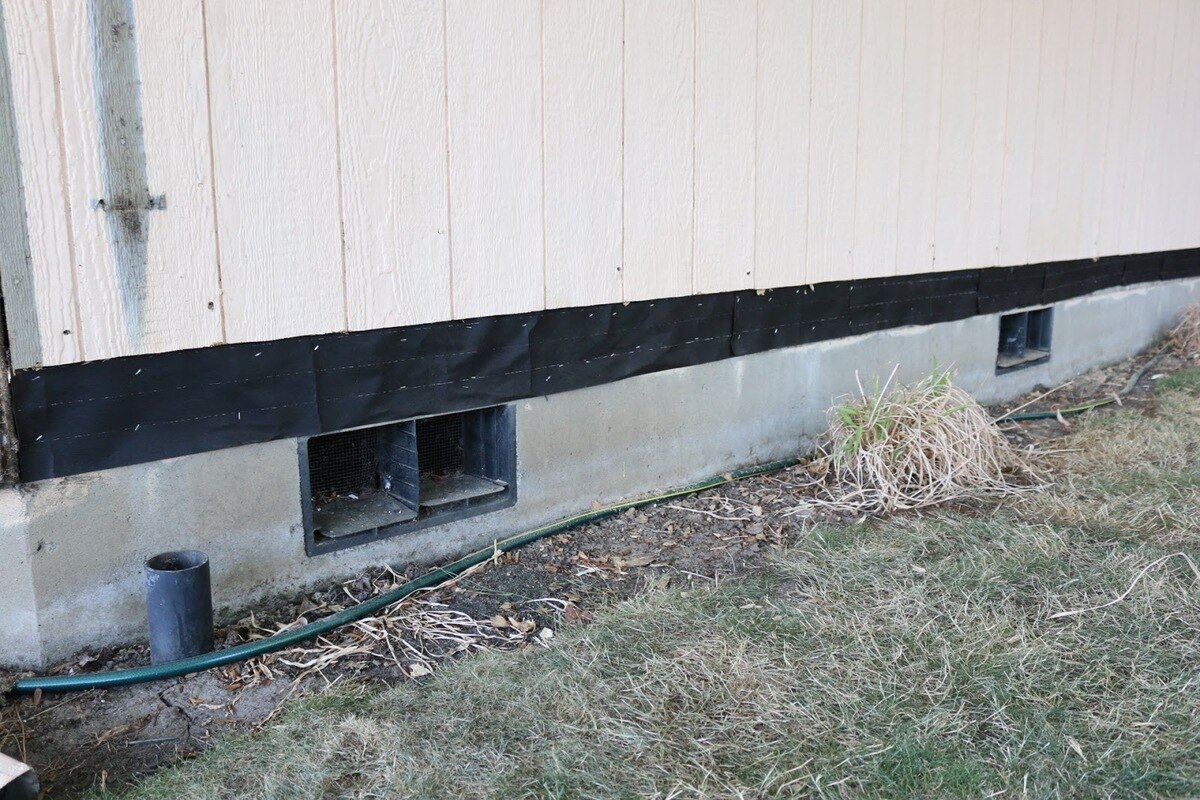
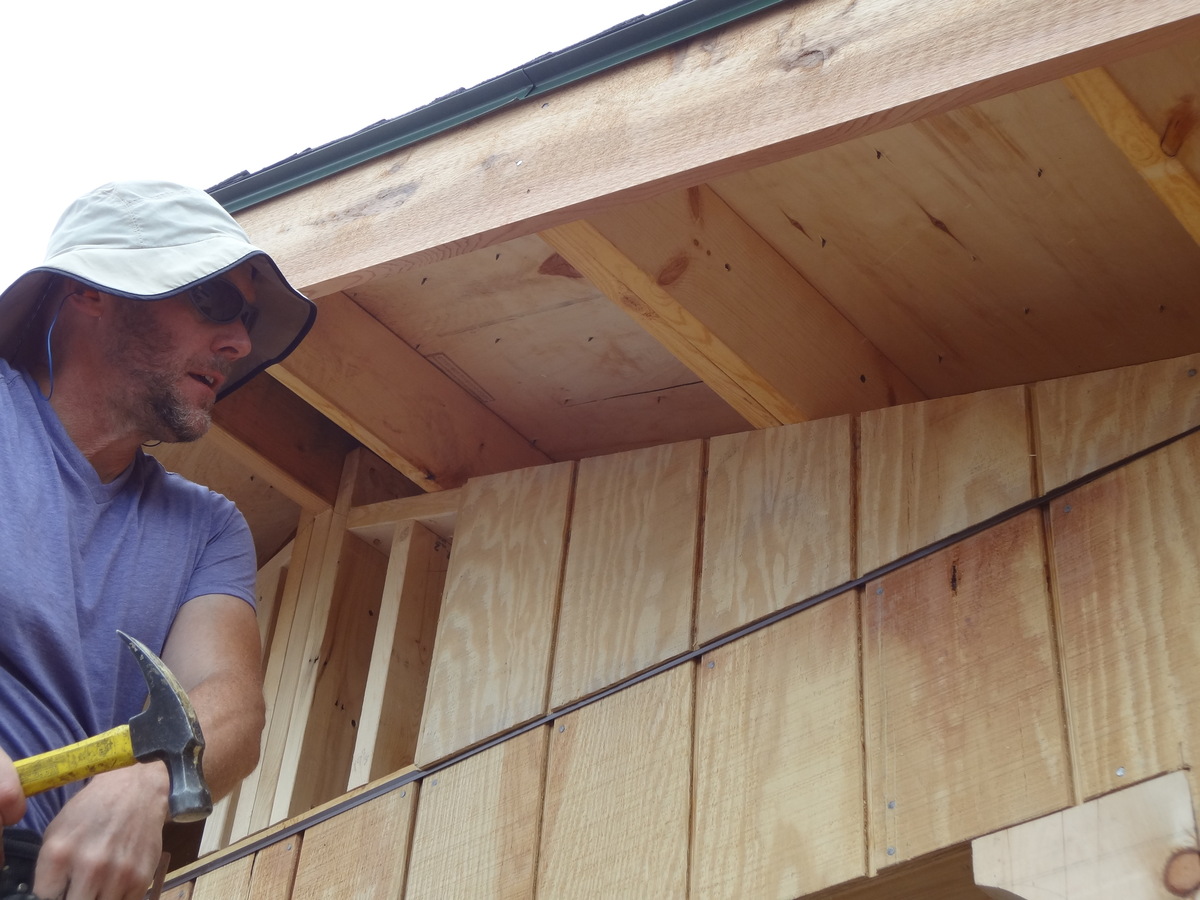
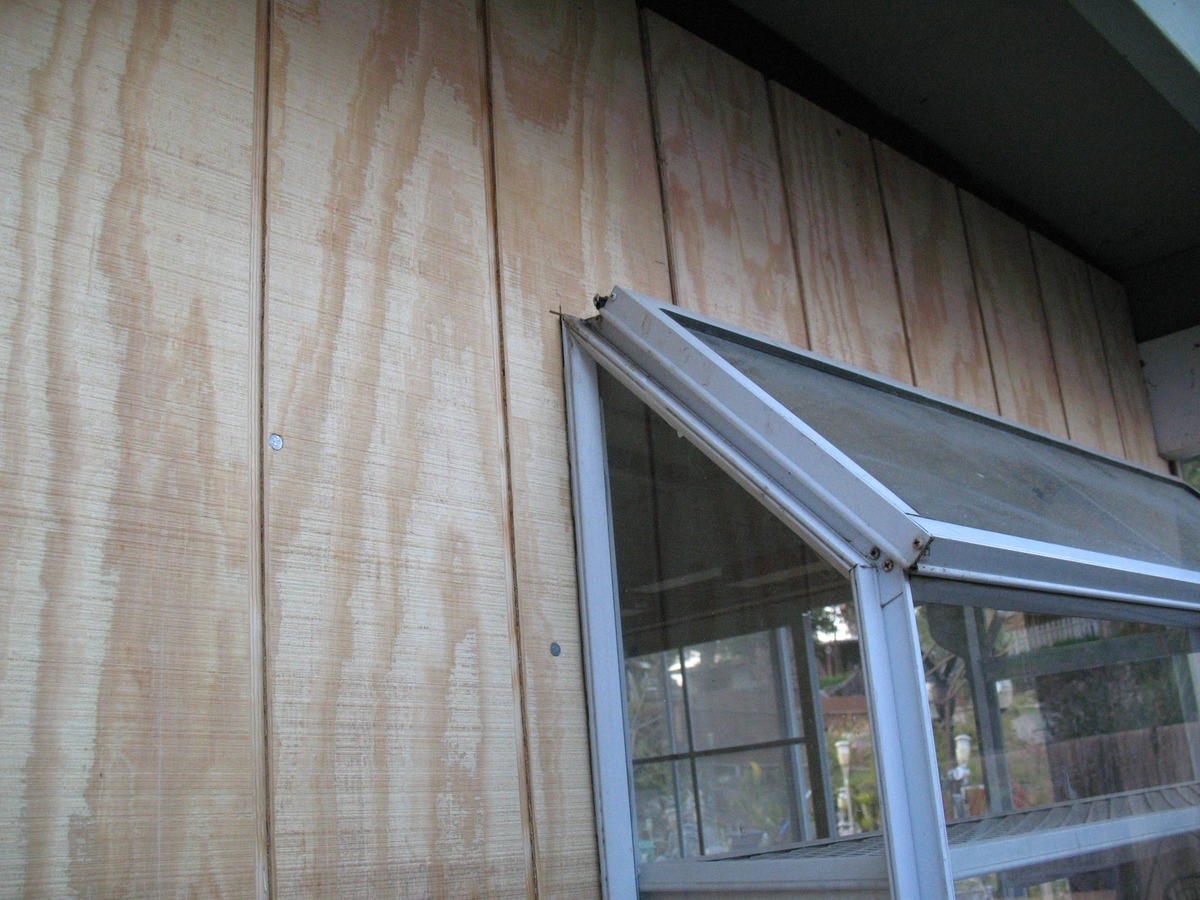
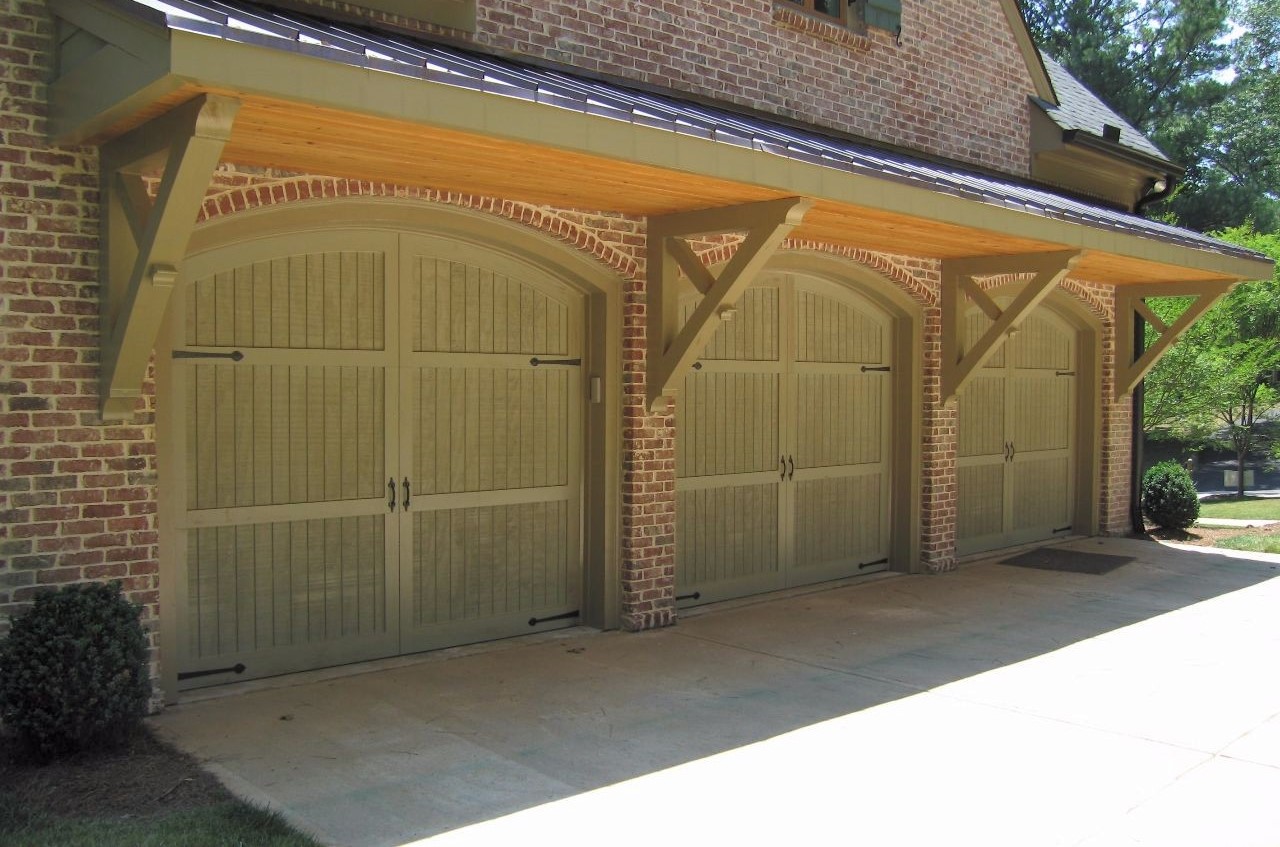
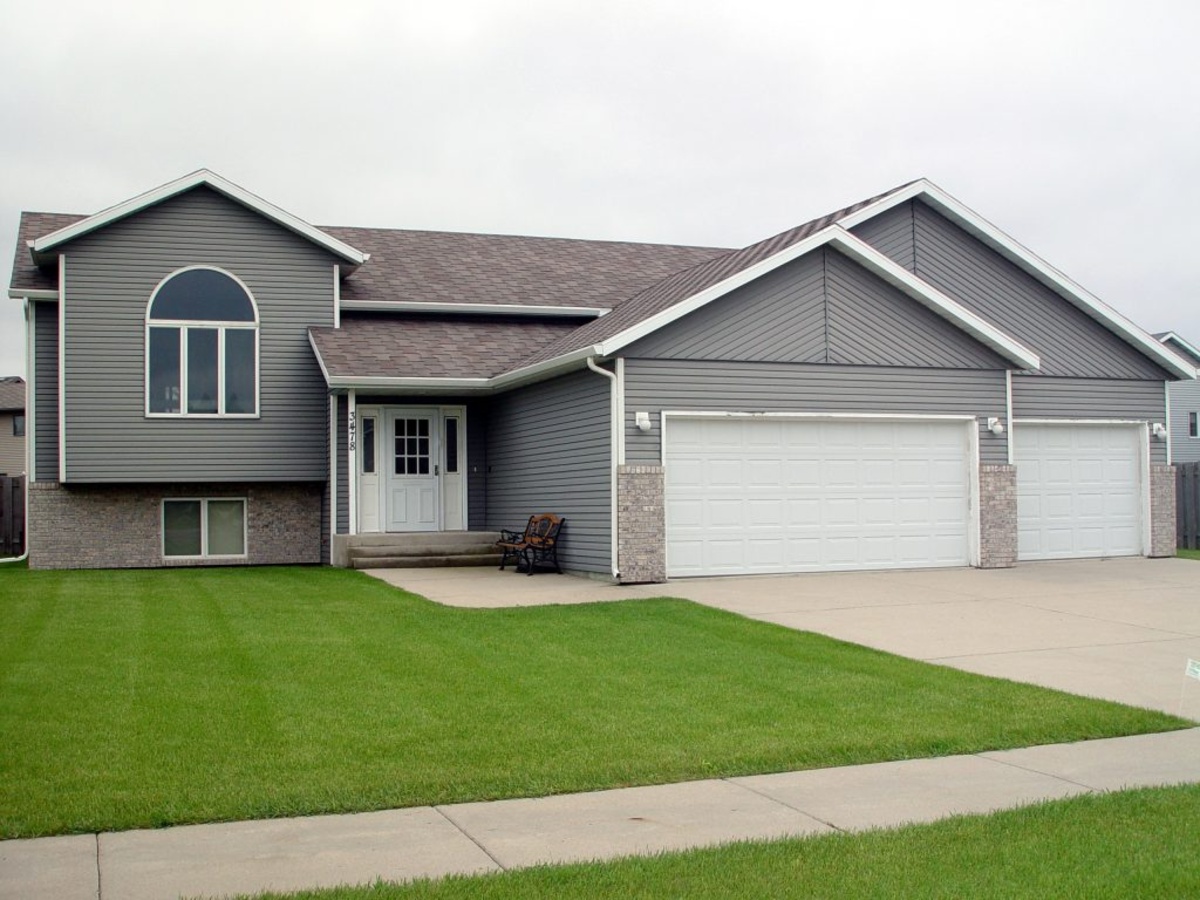
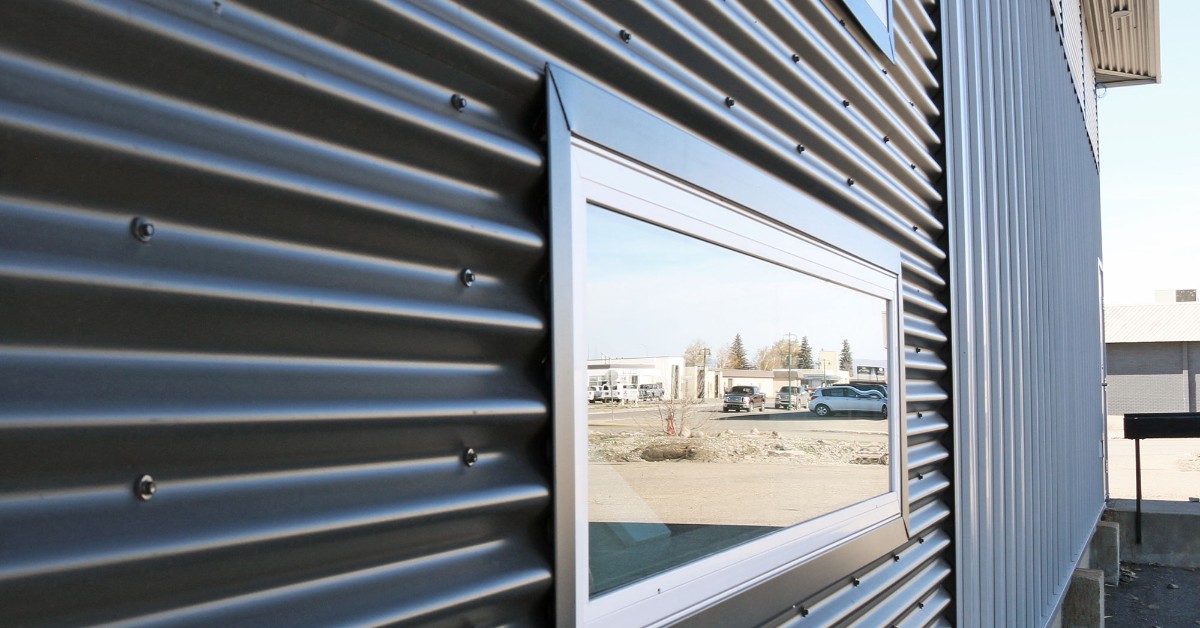
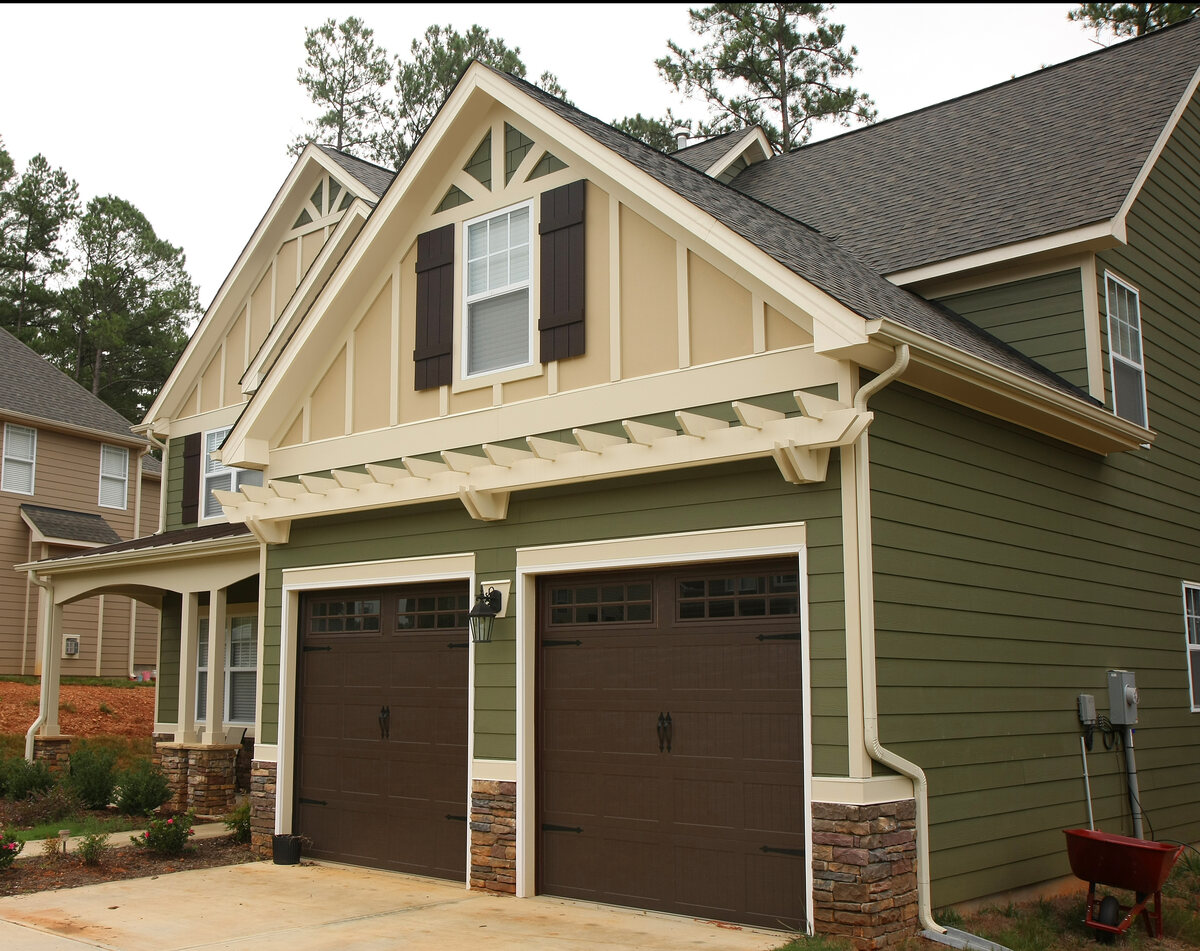

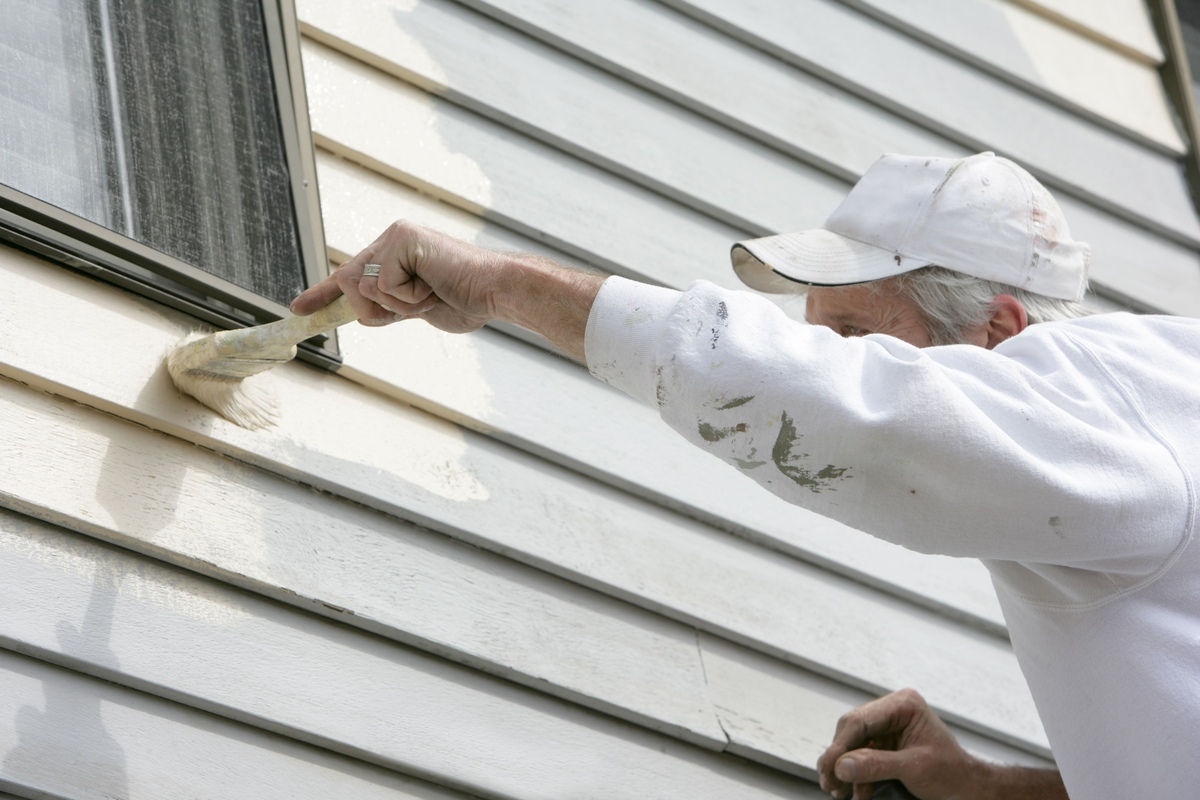
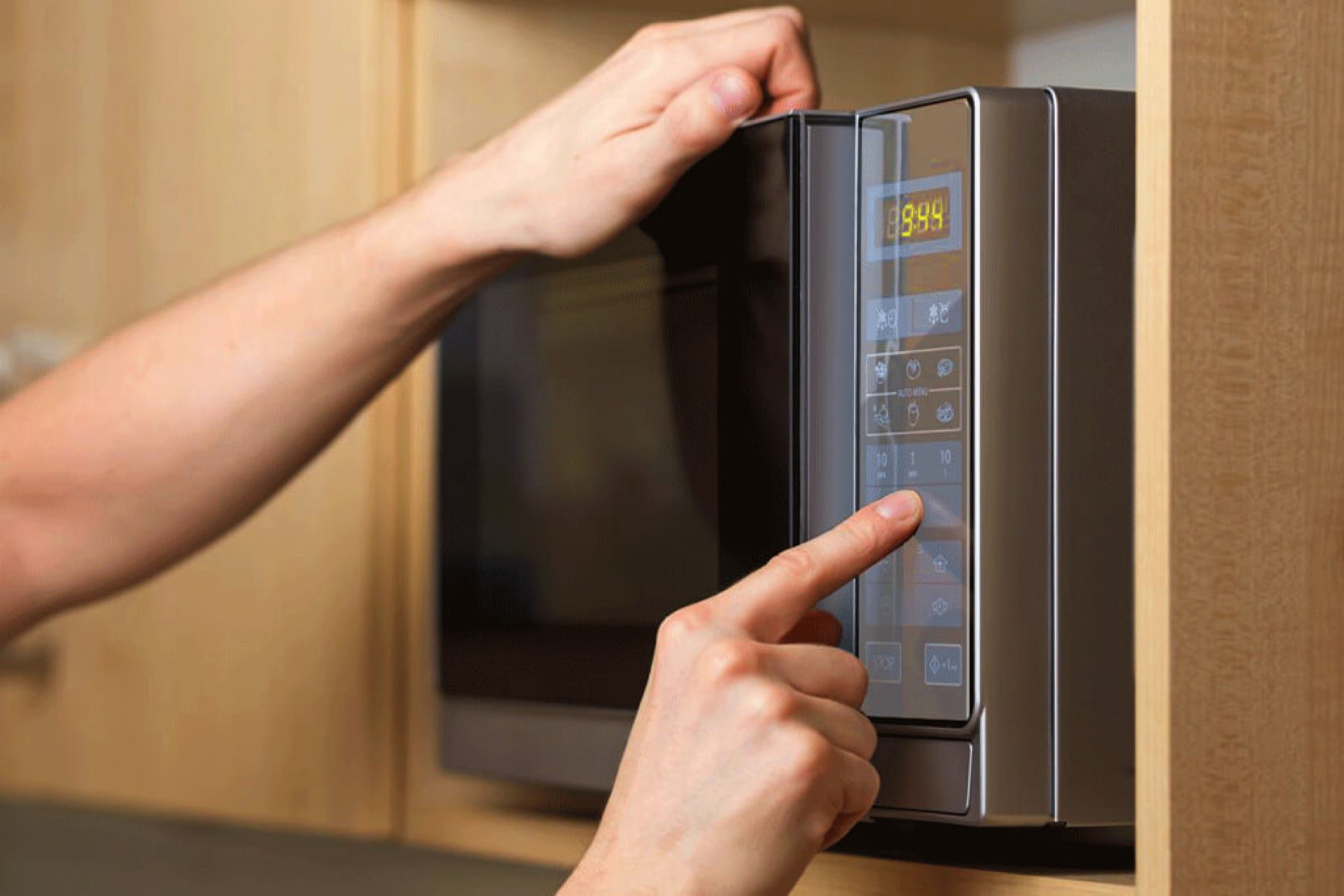

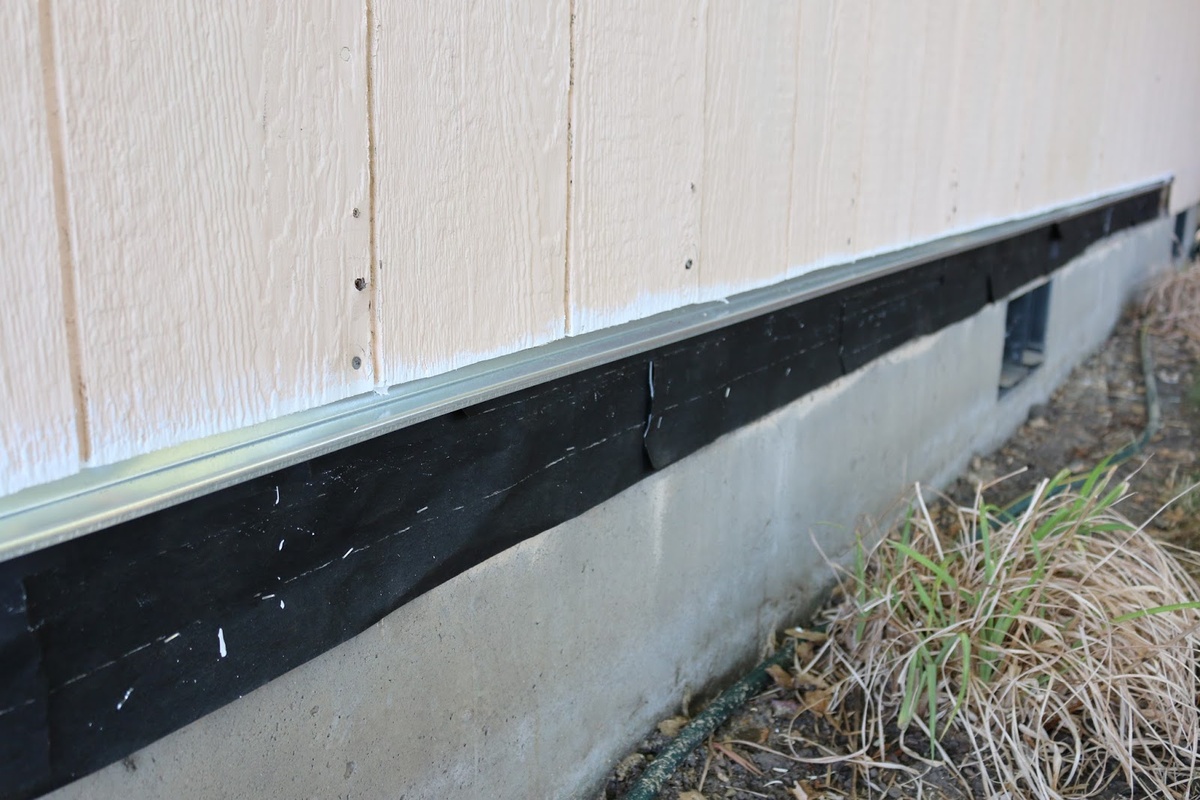
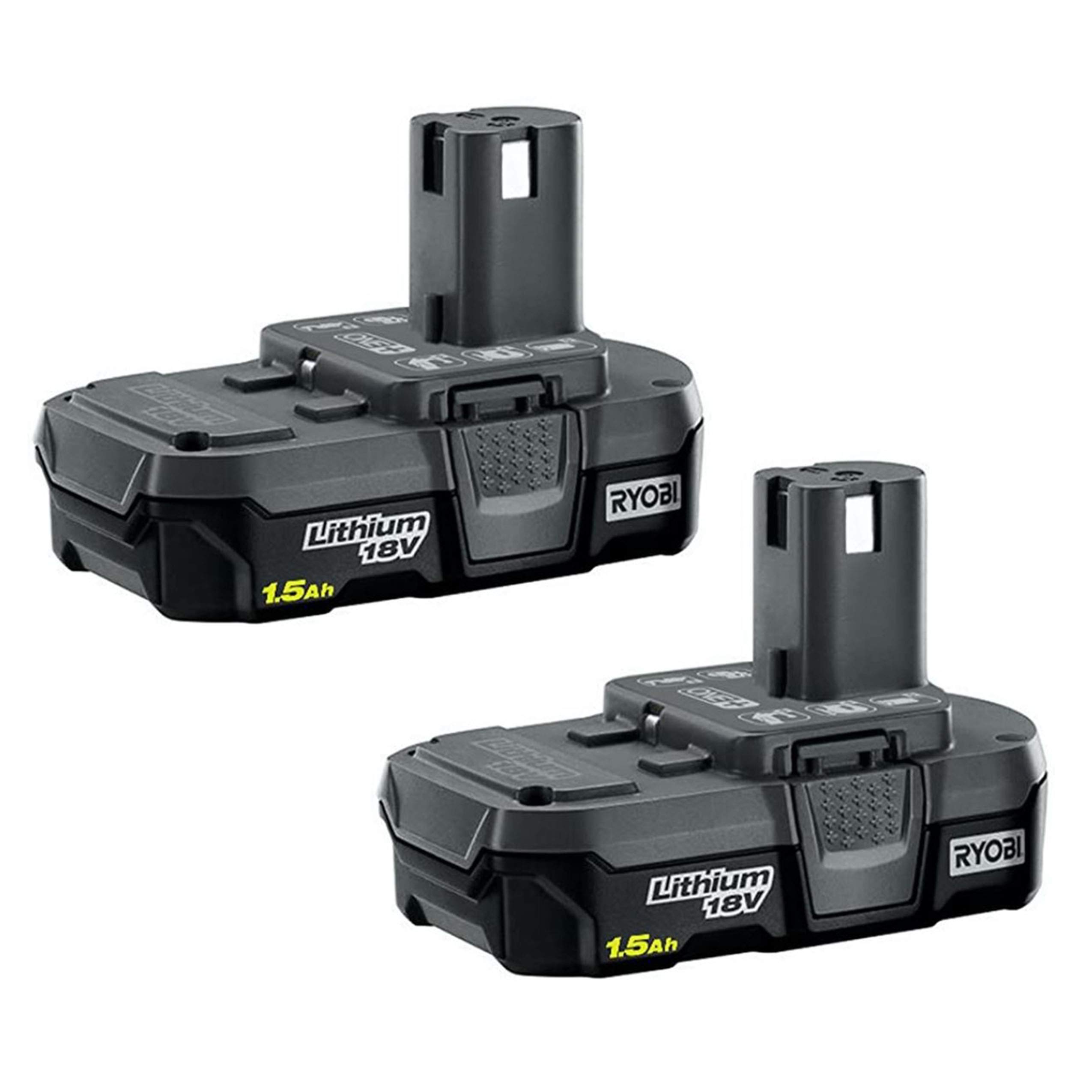
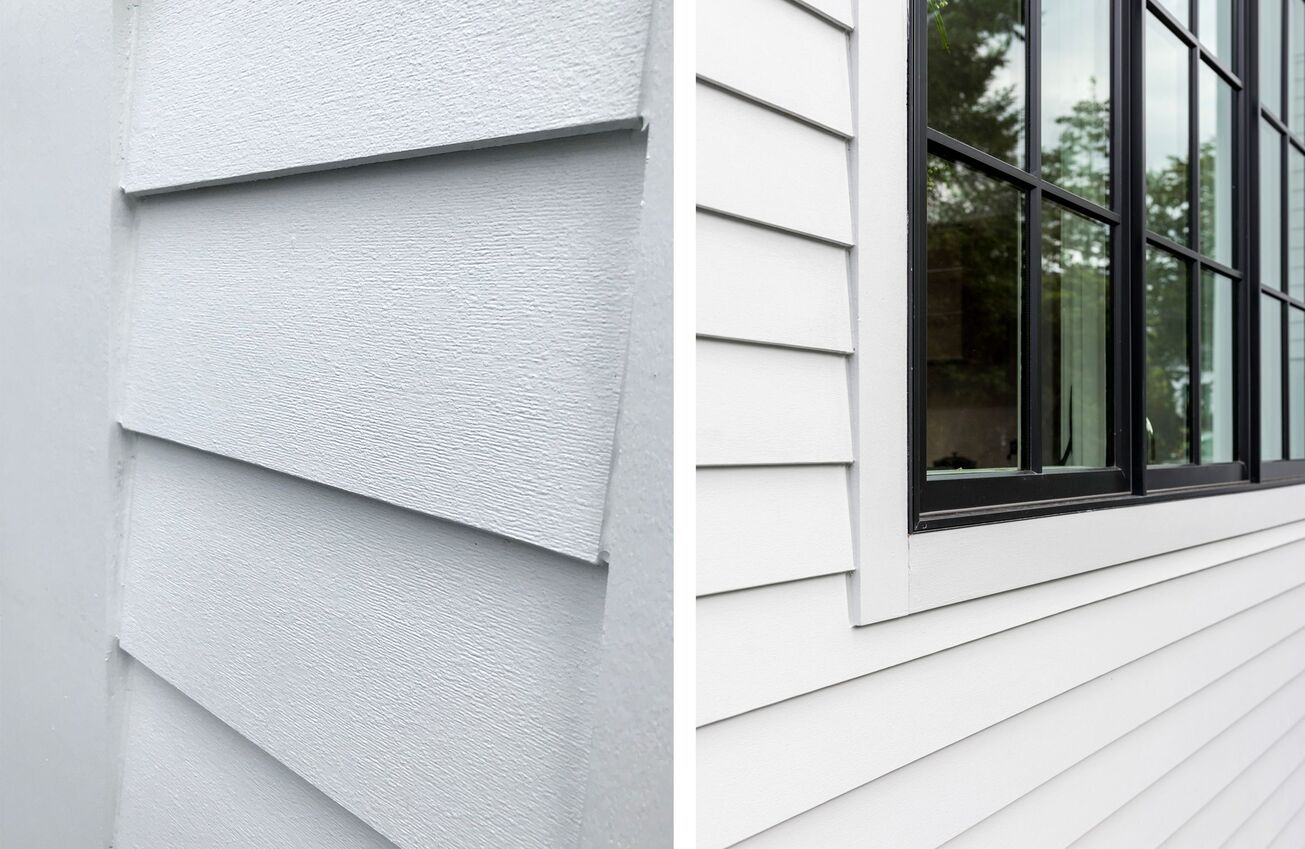

0 thoughts on “How Long Does T1-11 Siding Last”